Figures & data
Figure 1. Fecal BL NCC3001 relative abundance and associations with clinical outcomes.
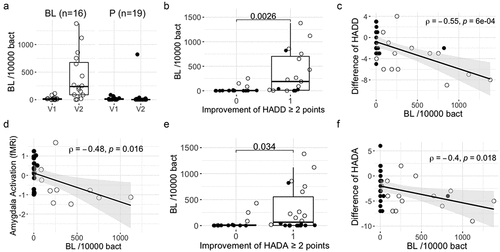
Figure 2. OPLS samples and variable plots.
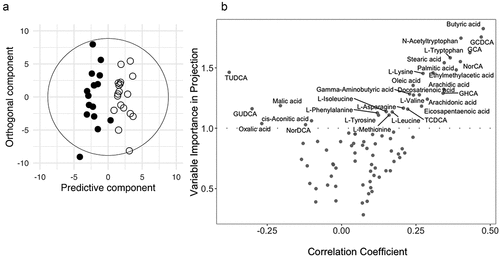
Figure 3. Overview of changes in plasma fatty acids and bile acids.
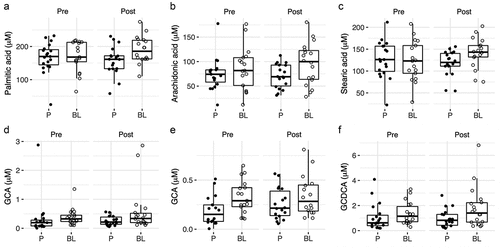
Figure 4. Overview of changes in plasma tryptophan, N-Acetyl tryptophan, and associations with clinical endpoints.
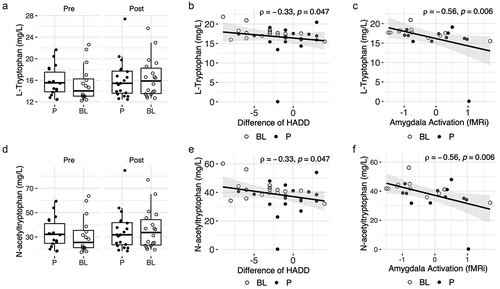
Figure 5. Overview of changes in plasma butyric acid and associations with clinical endpoints and fecal BL NCC3001 counts.
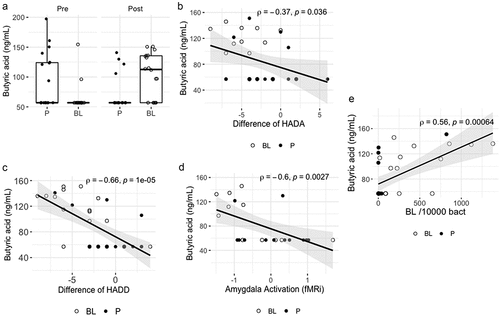
Table 1. Overview of plasma metabolite differences according to treatment and time.
